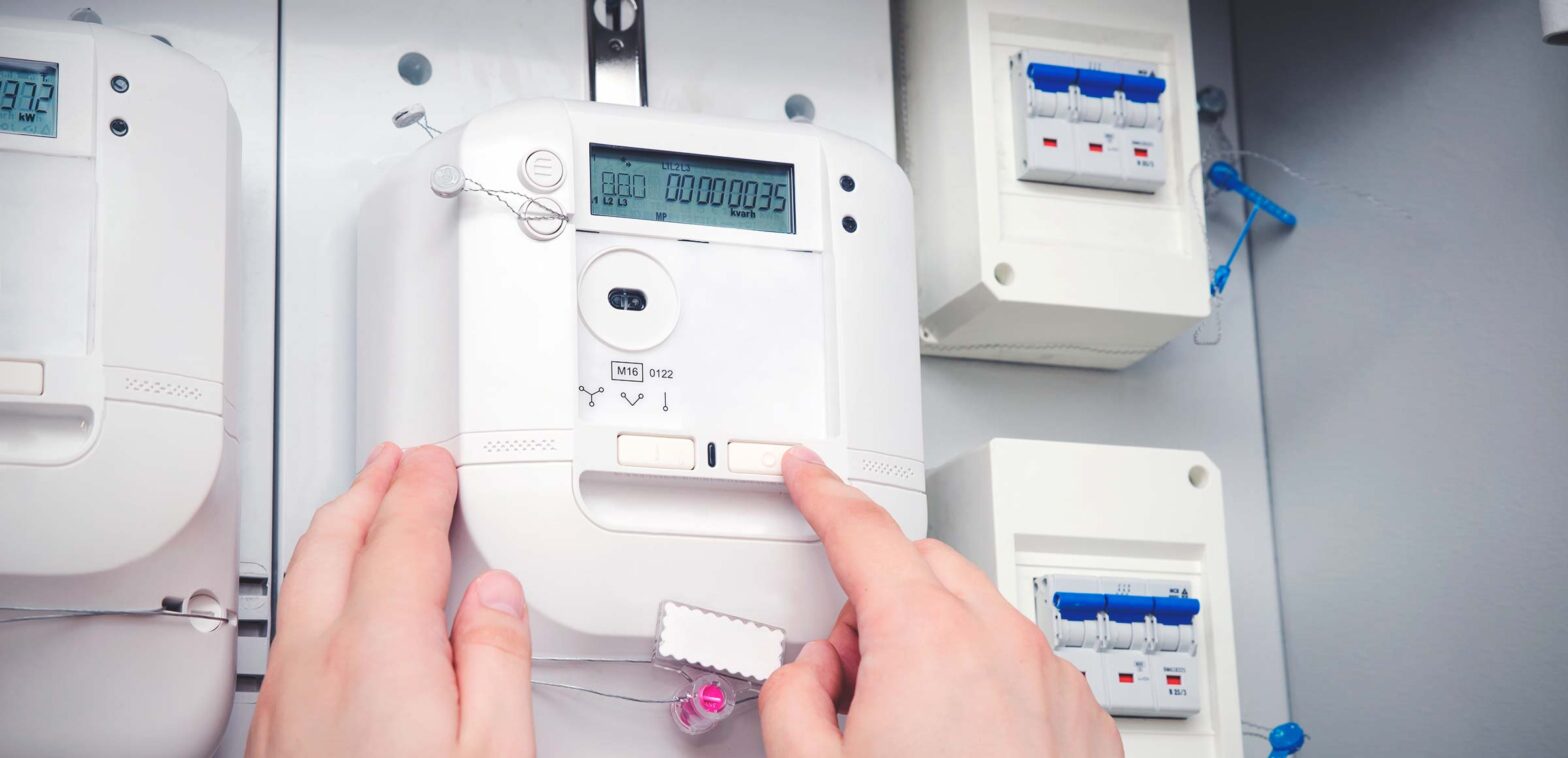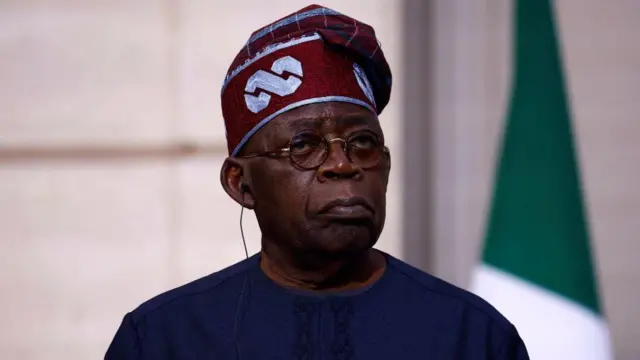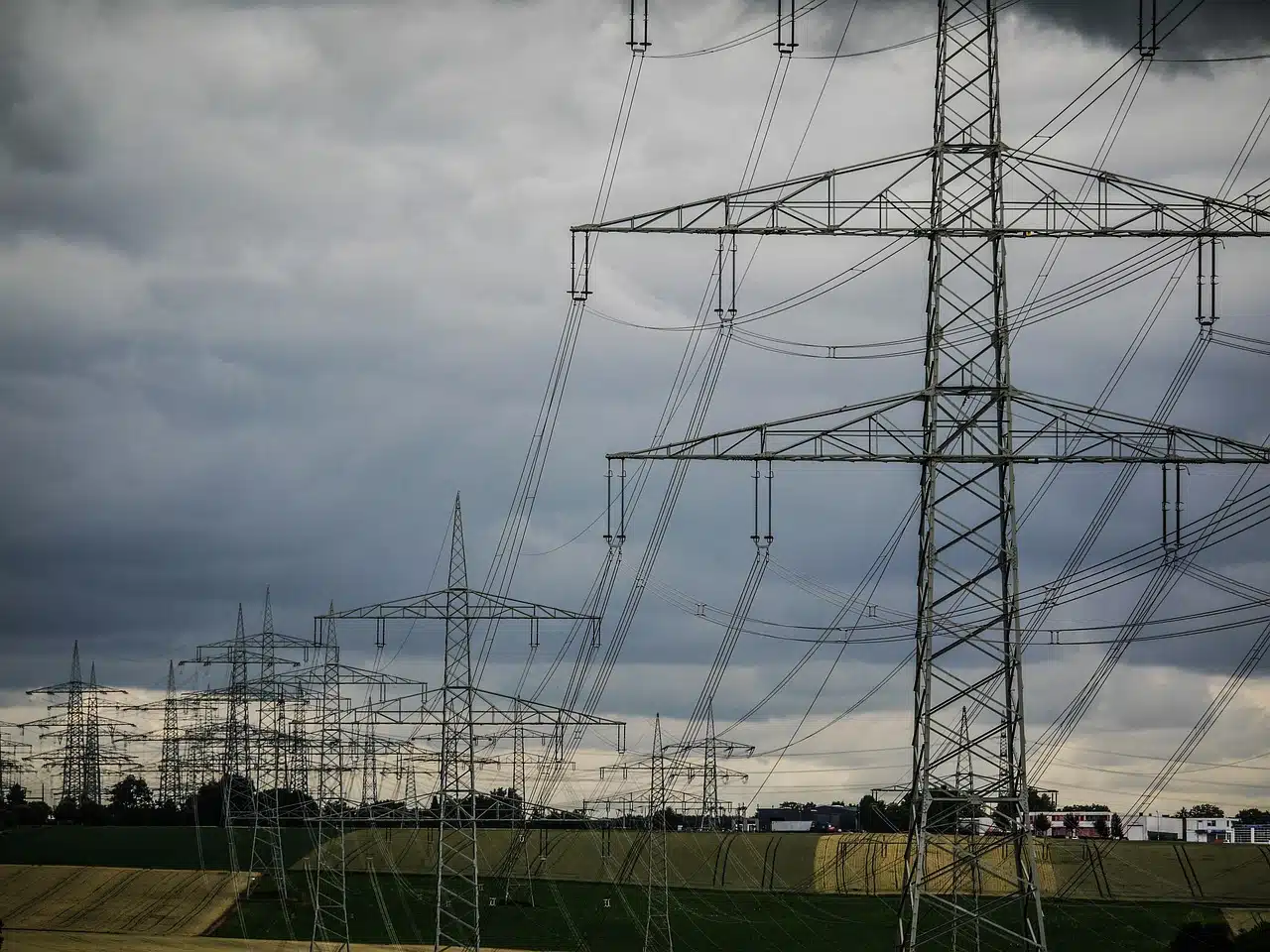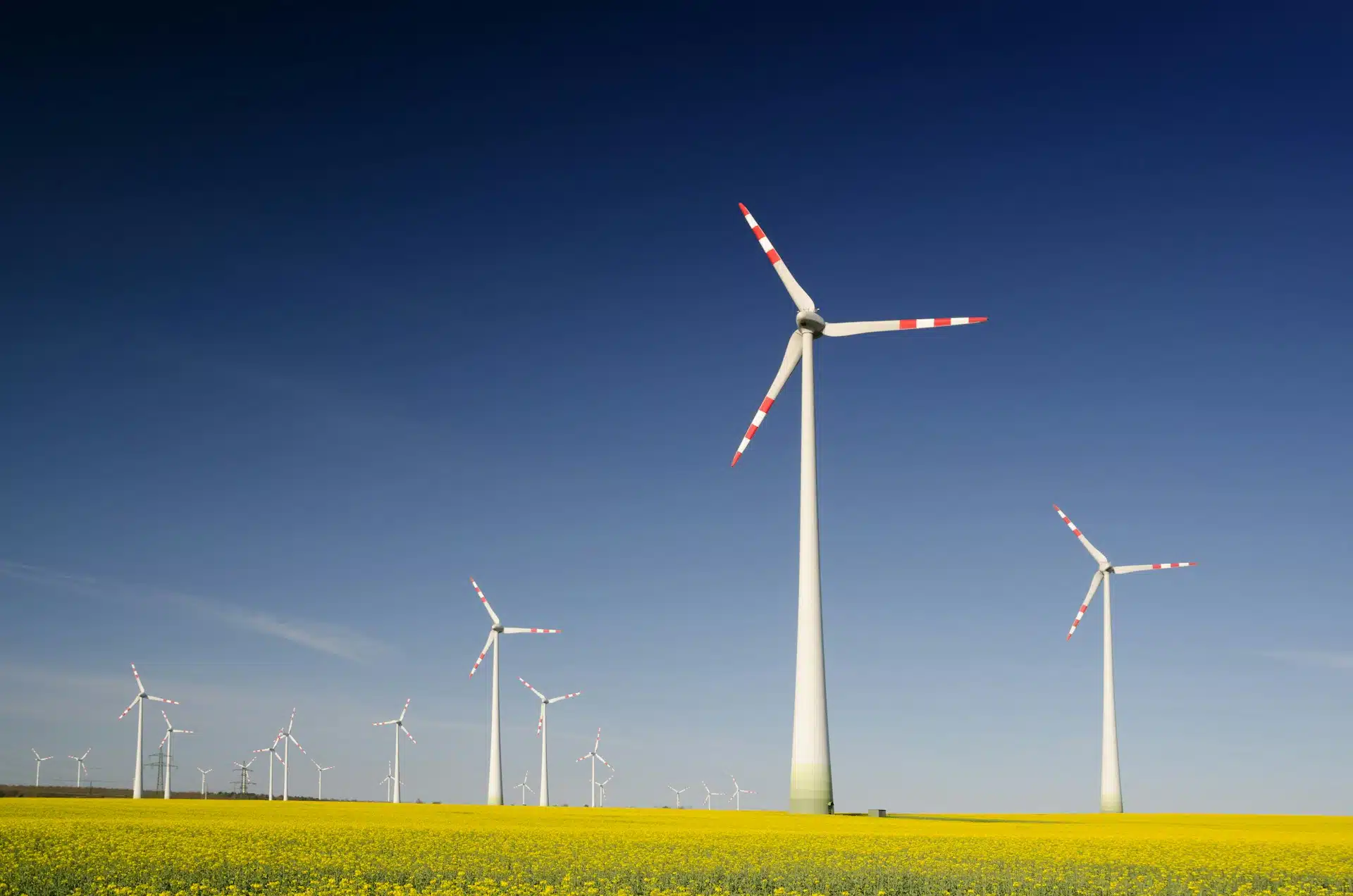Mozambique prepares to launch electricity exports to Malawi in November, generating an estimated $5 million per month from supplying 50 megawatts (MW) of power from its Tete province.
The Electricidade de Moçambique (EDM) leads this initiative, leveraging the construction of the nearly finished 218-kilometer, 400-kilovolt transmission line that links the Matambo substation in Tete, Mozambique, to the Phombeya substation in Balaka, Malawi.
EDM reports that only minor finishing works remain on the Mozambican side.
The World Bank, through its Mozambique-Malawi Regional Interconnector Project approved in 2019, provided $57 million in grants and credits for the infrastructure.
Additional support came from the German development bank, KfW, and the European Investment Bank, bringing total funding to $154 million.
The 400-kilovolt line, designed for an initial capacity of 1,200 MW expandable to 2,400 MW, facilitates power flow primarily from Mozambique’s hydro and gas resources to address Malawi’s deficits.
According to the World Bank, this development stems from a bilateral agreement aimed at supporting regional energy trade within the Southern African Power Pool (SAPP).
Potential revenue upside
According to the report, revenues could double to $10 million monthly if Malawi imports 100 MW, but foreign exchange shortages in Lilongwe constrain the deal.
Kankwamba Kumwenda, Chief Executive Officer of the Electricity Supply Corporation of Malawi (ESCOM), recently acknowledged payment challenges for Malawi due to limited reserves that hinder meeting external obligations.
“Malawi will have to reinvent itself to find foreign currency, one way being by renegotiating contracts with Malawian companies to pay their consumption expenses in dollars,” said Kumwenda.
Furthermore, Kumwenda, also admitted that equipment failures have sidelined 41 MW of Malawi’s 500 MW generation capacity, disrupting supplies in urban areas.
Thus, the imports from Mozambique aim to displace costly diesel generation and reduce load-shedding, aligning with Malawi’s goal to raise electrification from 11% to 30% by 2030.
The World Bank projects that the interconnector will enable Malawi to import up to 320 gigawatt-hours annually initially, avoiding $82 million in yearly emergency costs.
This energy partnership not only strengthens Mozambique’s role as a regional exporter but also supports sustainable development in Africa’s energy sector.










